
Building a growing area code is the "first brick" to commercialize forest carbon credits - Illustration photo
With approximately 14.8 million hectares of forest, of which more than 4 million hectares are planted forests, Vietnam has great potential to develop a forest carbon credit market. However, to realize this resource, the core requirement is to identify each forest plot, ensure transparent, unified data and traceability.
According to Dr. Hoang Lien Son, Director of the Forestry Economics Research Center (Vietnam Forestry Science Institute), the establishment of a planting area code is the "first brick" to commercialize forest carbon credits. When each forest plot is assigned a code, the carbon benefits and market access rights of forest owners are clearly established, creating a foundation for Vietnam to enter the domestic and international carbon market.
Forest carbon credits are a way to “price” the amount of CO₂ that forests absorb. Businesses that exceed a threshold can buy credits to offset their emissions, while forest owners receive revenue from protecting their forests. This mechanism creates an economic incentive for people to maintain, expand and take better care of their forests.
At the national level, carbon credits are one of the important tools to implement the commitment to net zero emissions by 2050. Among the sectors with the potential to reduce emissions, forestry stands out thanks to its ability to naturally absorb carbon and create sustainable livelihoods for millions of people in mountainous areas. However, for forest credits to be traded, each ton of CO₂ absorbed must be measured and verified by the MRV (Measurement – Reporting – Verification) system. This is why the forest plantation area code becomes urgent.
Once a forest plot is assigned a code, all information including GPS coordinates, area, tree species, planting year, growth status, etc. is uploaded to the iTwood digital platform. This system connects GIS maps and satellite images, allowing for real-time forest monitoring and transparent management of the entire life cycle.
The key point is that the data from iTwood is the basis for implementing MRV - a mandatory process for a carbon project to be certified according to international standards such as Gold Standard, CCBA, Verra or Plan Vivo. In the FCBMO project, more than 5,000 hectares of planted forests in Lao Cai have been assigned area codes, piloted to connect with these standards and demonstrated the ability to own and trade credits of each forest owner.
The technology helps solve two major problems: avoiding data duplication and ensuring that carbon credits are tracked throughout the entire forest life cycle. This is a prerequisite for international organizations to accept credits from Vietnam.
Opportunity of tens of millions of credits each year from forests
Despite its great potential, the implementation of carbon credit area codes still faces many challenges.
The first is people's awareness. For many forest growers, carbon is still an abstract concept, an "intangible asset" whose value is difficult to visualize. Only when they see clear benefits - such as selling wood through iTwood or receiving faster payments for forest environmental services - will they be interested and proactively participate.
Second, forest data is inconsistent. In some localities, forest land records are inaccurate or overlapping, making it difficult to determine boundaries and ownership – key factors in establishing carbon rights.
Third is the legal gap. Vietnam currently does not have adequate regulations on carbon rights, carbon property rights, and benefit-sharing mechanisms, leading to forest owners not really feeling secure in participating in carbon projects. If this bottleneck is not resolved, the benefits from the carbon market will be difficult to reach the people – the direct subjects of forest protection.
Currently, the Ministry of Agriculture and Environment is coordinating with specialized agencies to complete technical guidelines, supplement regulations on carbon rights, and train local MRV capacity, in order to prepare the institutional foundation for the domestic carbon market to operate.
With more than 4 million hectares of planted forests, Vietnam can absorb tens of millions of tons of CO₂ each year, equivalent to tens of millions of carbon credits. If fully certified, this would be a new source of finance to supplement the more than 25,000 billion VND spent on forest environmental services over the past decade.
Not only opening up opportunities to improve sustainable livelihoods for people in mountainous areas, the carbon credit market also helps Vietnam meet strict international market standards such as EUDR, CBAM, increase the ability to export legal timber and enhance national prestige.
The future prospects are clearly assessed by experts: when fully combining technology - policy - people, Vietnam can not only sell wood but also sell environmental value, making forestry a truly green economic sector.
Do Huong
Source: https://baochinhphu.vn/lam-nghiep-phat-trien-thi-truong-tin-chi-carbon-tu-dinh-danh-lo-rung-102251115151553539.htm



![[Photo] Panorama of the 2025 Community Action Awards Final Round](https://vphoto.vietnam.vn/thumb/1200x675/vietnam/resource/IMAGE/2025/11/15/1763206932975_chi-7868-jpg.webp)

![[Photo] General Secretary To Lam receives Vice President of Luxshare-ICT Group (China)](https://vphoto.vietnam.vn/thumb/1200x675/vietnam/resource/IMAGE/2025/11/15/1763211137119_a1-bnd-7809-8939-jpg.webp)

![[Photo] Prime Minister Pham Minh Chinh meets with representatives of outstanding teachers](https://vphoto.vietnam.vn/thumb/1200x675/vietnam/resource/IMAGE/2025/11/15/1763215934276_dsc-0578-jpg.webp)






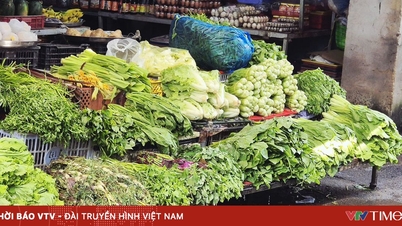






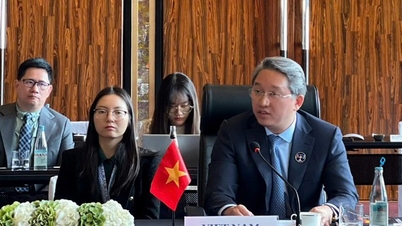


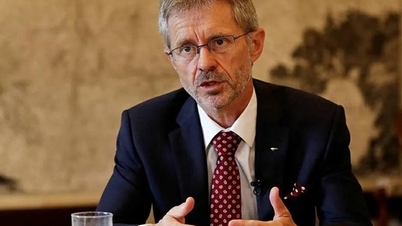
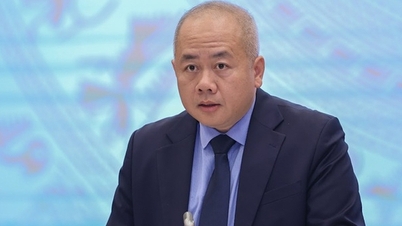
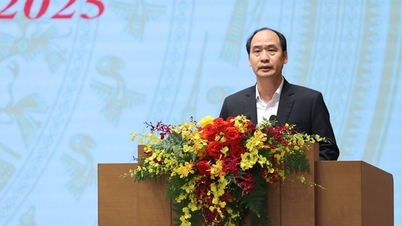


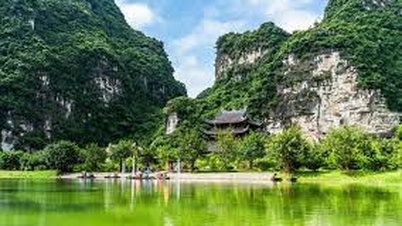


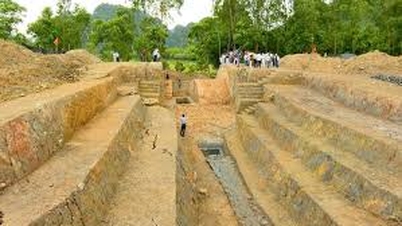










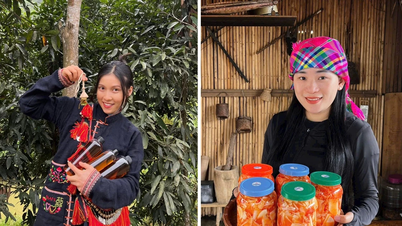
































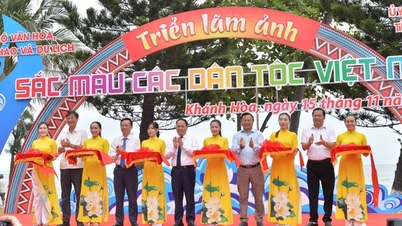


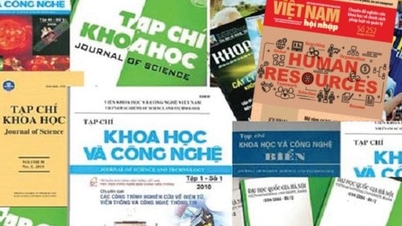






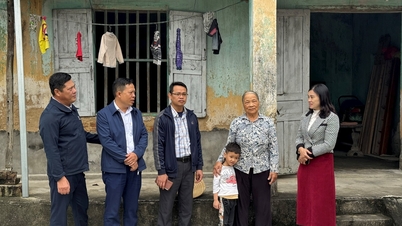














Comment (0)